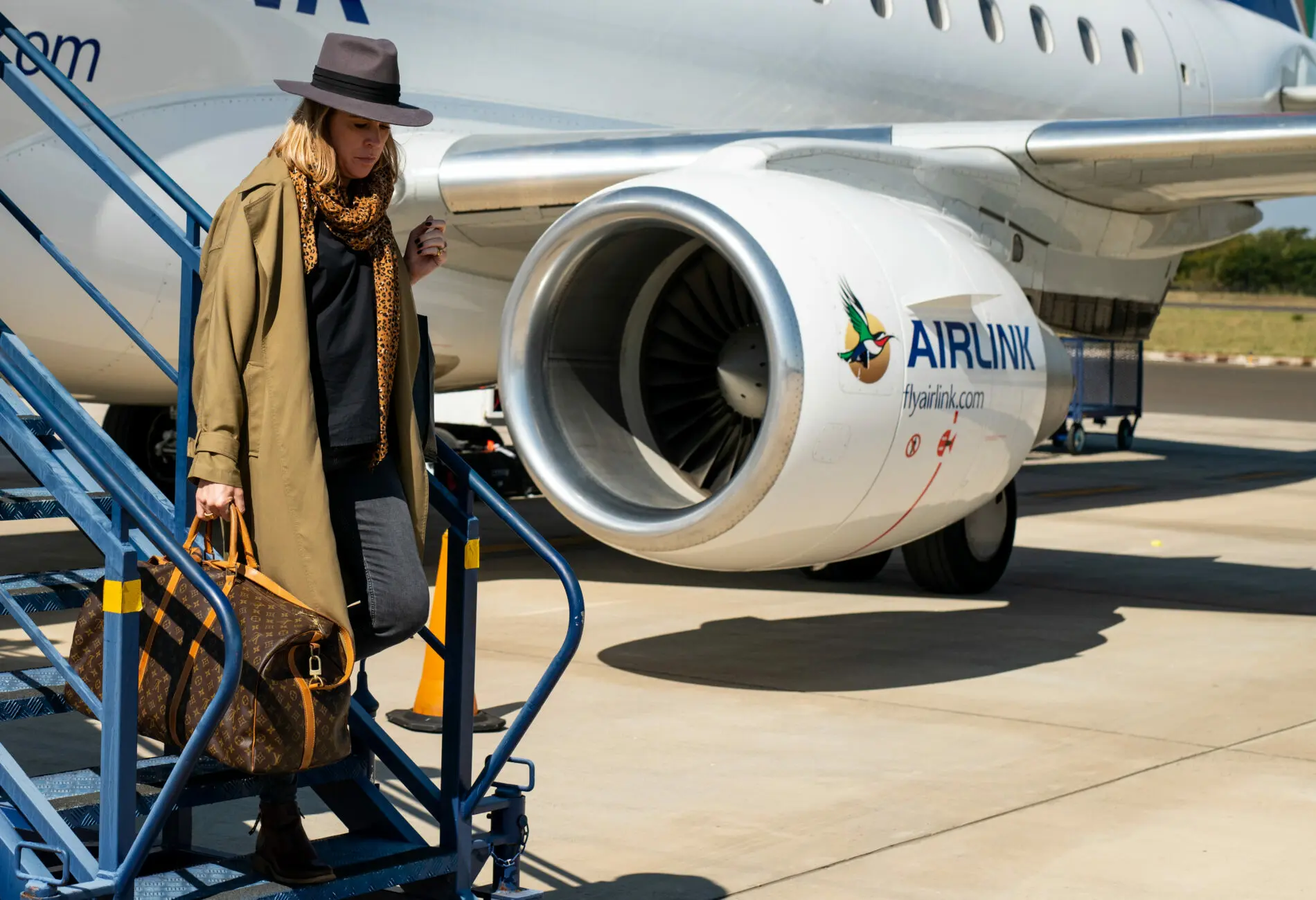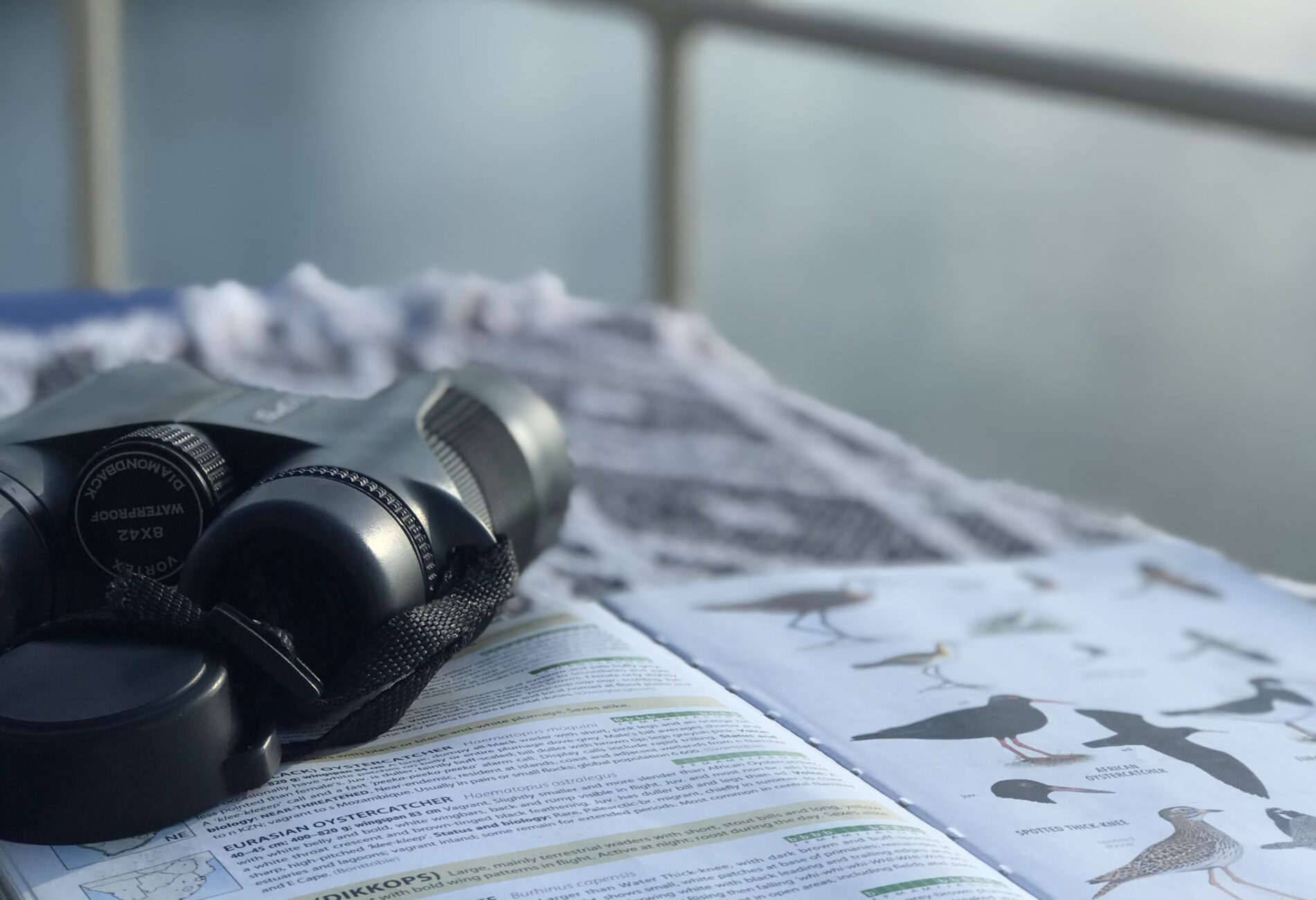Maybe you pride yourself on packing light…or perhaps you prefer to bring the kitchen sink along with you when you travel? Either way, putting some thought into what you pack when you travel goes a long way to adding to the enjoyment you’ll get out of your trip. When it comes to a stay at one of the properties within the Zambezi Queen Collection, we recommend you start preparing for your trip well before you leave – especially for things like travel documents and vaccinations. Here’s our list of top travel tips

-
Less is more.
Ask any seasoned traveller and they’ll tell you that you won’t use half the equipment and/or clothing you think you’ll need. With a little bit of pre-planning such as reading up on the climate and thinking about what activities you’ll do each day, you can actually pack far less than you think you need. Besides having to carry less luggage around with you – especially if you’re coming from overseas – there’s something freeing about travelling with just the bare essentials.
-
Use soft bags where possible.
For a trip on board one of our luxury houseboats, we recommend you bring soft bags rather than hard suitcases. Although you won’t be picking these up yourself as our staff are always on hand to help, soft bags are easier to move around and store on our houseboats where storage space can be tight.
-
Pack your valuables and essentials in your hand luggage.
These include things like electronics, jewellery, essential toiletries including medication, a change of clothes and a change of underwear. Keeping these with you means there’s less of a risk of them being lost or stolen as you can keep an eye on them. And, if your cabin bags happen to get lost in transit and there’s a delay in getting them back to you, at least you’ll have a back up change of clothes in the meantime.
-
Organise your travel documents well in advance.
When staying with the Zambezi Queen Collection, you’ll need to pass through immigration in both Namibia and Botswana. Check that your passport is up to date, and whether or not you’ll need a visa for entry into either country. If you’re from the US, the EU or Australia, you won’t need a visa to enter either country for less than 90 days.
-
Get the necessary vaccinations.
We recommend that you get Hepatitis A and typhoid injections in addition to your routine vaccinations such as tetanus and MMR. View more information here. Although there is no risk of yellow fever, the government of Botswana and Namibia will need you to show proof of yellow fever vaccination if you’re arriving from a country with a risk of yellow fever.
-
Take malaria precautions.
The Chobe River is in a malaria area, so it’s worth considering taking prescription medications to avoid contracting the disease (check with your doctor if you’re pregnant or travelling with small children). The best approach to avoiding malaria is to prevent being bitten by mosquitos as much as possible, by wearing mosquito repellant and long-sleeved clothing that covers your legs and arms. As a guest of the Zambezi Queen Collection, we’ll provide you with mosquito repellant.
-
Travelling with children?
If you’re flying into South Africa before your onward trip to Botswana and Namibia, South Africa’s Department of Home Affairs has introduced a new set of rules about travelling with children into the country. Although these are currently in flux, for now you’ll need to bring an original unabridged birth certificate for each child you travel with. If you’re travelling with your children but without your spouse, you’ll need additional documents. For more information, use Drive South Africa’s easy checklist to see what’s applicable to you.

PACKING LIST
- Passport (check that it’s up to date)
- Sunglasses
- Sun hat
- Swimming costume (we supply bath and swimming towels)
- Comfortable shoes
- Flip flops
- Camera to capture the stunning scenery and all your special moments
- Binoculars to ensure you don’t miss a thing
- Two pronged plugs
- Notebook: to write down memories or special sightings
- Good books or an e-reader – For all that leisure time on the boat
- Chargers for your camera, tablets and mobile devices
- Loose comfortable clothing: Our dress code is casual, so formal attire isn’t necessary for evening dinner. We recommend light and comfortable clothing in summer, and in winter, you’ll need a pullover for early mornings and evenings.
- Toiletries: Remember to bring high factor sunblock, toothpaste and headache tablets. We supply insect repellent and basic toiletries like soap, shampoo, shower gel and body lotion
Seasonal river safari styles
While temperatures can soar in the dry summer months, early mornings and late evenings can still be a bit chilly. A warm jersey or pull over should keep the cold at bay. In the wet season, from November to March, temperatures are quite mild with dramatic afternoon thundershowers. A good rule of thumb for anytime of year is to layer your clothing. We recommend light, comfortable clothing including t-shirts, long-sleeve shirts, long pants and some shorts. A pair of flip flops are perfect for daily wear, while a comfortable pair of closed shoes is best for excursions. Swimming costumes, sun hats and sunglasses are a must any time of year. Our dress code is casual, so there’s no need to bring any formal wear.
What not to pack
Some things are best left at home on your safari. Jeans and high-heeled shoes are impractical for the bush environment. Avoid bright coloured clothing as this can attract mosquitoes and alert wildlife while on safari. Expensive jewellery and non-waterproof watches may be lost or damaged. There is however an on-board electronic safe for those who prefer to bring their valuables along.
